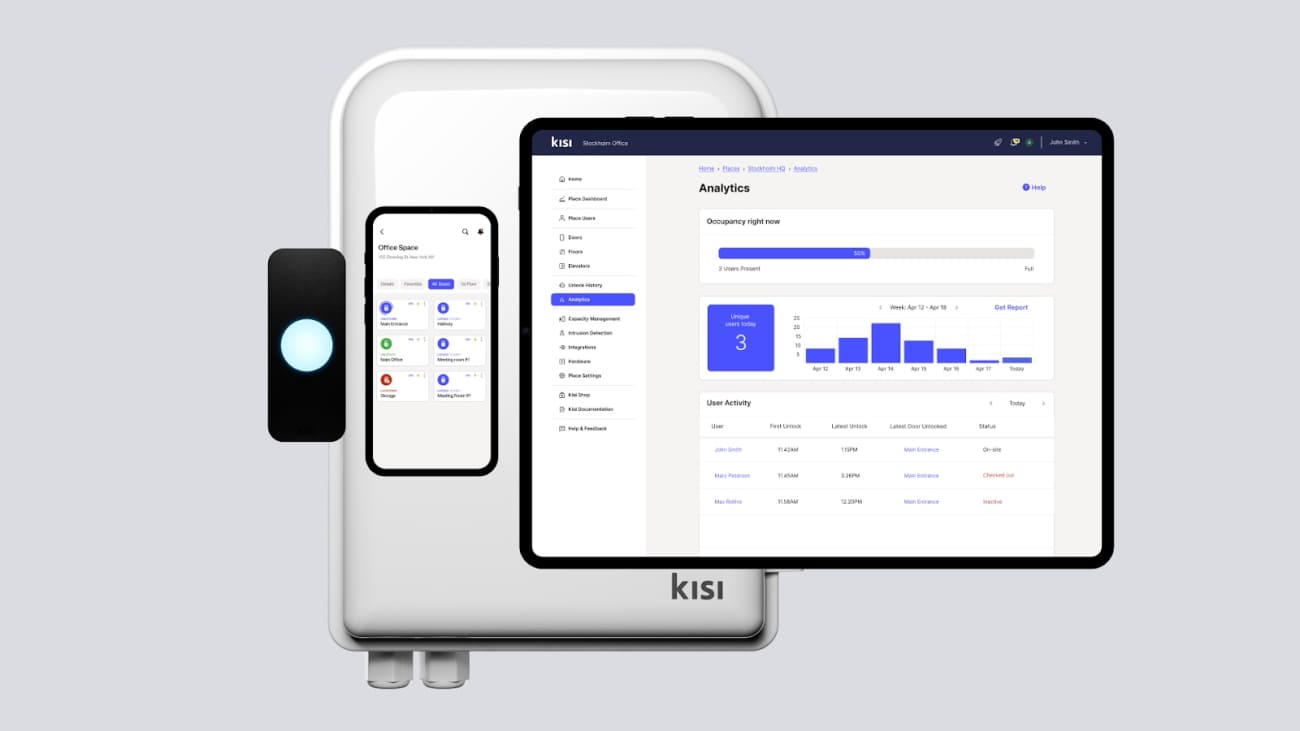Safeguarding your business against theft, vandalism, property damage, and natural disasters is a top priority. A critical step when securing your space is choosing between different types of electronic locks. That includes deciding whether you want to use fail-safe or fail-secure options. Unfortunately, many people have been misinformed about how these locks work and when they’re appropriate.
This article explains the differences between fail-safe and fail-secure locks, where you might want to use each one, and how they affect the security of your business. With this information in hand, you can find the best solution for every door in your commercial or residential space.
Fail safe vs fail secure locks #
The distinction between these two types of locks boils down to this:
- Fail-safe locks unlock when power is removed
- Fail-secure locks unlock when power is applied
It might also help to think of them using different terminology—think of fail-safe as fail-open and fail-secure as fail-locked. Continue reading and watch the video below for more details.
What is fail-safe? #
Fail-safes are items that, when an emergency occurs, revert to a safe state that minimizes harm or damage. In the world of access control, the phrase refers to a lock that has a default state of unlocked because it requires constant power to remain locked. If the power is interrupted or fails, the door automatically unlocks to allow people to enter and exit the space. This means it’s safe for people—not necessarily for the space.
When the power is running, you have to use a credential, such as a keycard or fob, to unlock a fail-safe door. Using this credential interrupts the flow of power, triggering the mechanism to release. Fail-safe locks enable easy entries and exits, even in the event of a power failure, making them a good option for main access points, like lobby or office doors. They’re also popular for use with magnetic locks (maglocks) because, by design, these locks require power to operate.
What is fail secure? #
A fail-secure lock does the opposite of a fail-safe one. It remains locked, or “secure,” if the power fails because it needs electricity to open. This ensures the room remains inaccessible to unauthorized parties, keeping the items inside safe from theft or damage during a power outage.
If you’re concerned that the door remaining locked in an emergency would put your employees in danger, remember that the vast majority of fail-secure locks feature a mechanical override, such as a regular key. This allows you to open the door and exit the room or building even when the power is out. Use of mechanical override keys is usually restricted to a select few people, such as managers or supervisors, because they enable people to pass through the door without leaving an electronic trace. In addition to creating a security vulnerability, distributing too many override keys can also create complications and confusion.
Fail-secure locks are often used for information technology (IT) rooms or other sensitive areas. They’re also an ideal option for specific office doors, including fire-related doors or stairwell doors. During a fire, these doors remain closed to seal off a portion of the space, help reduce the spread of the flames, and guide people through a safe evacuation route.
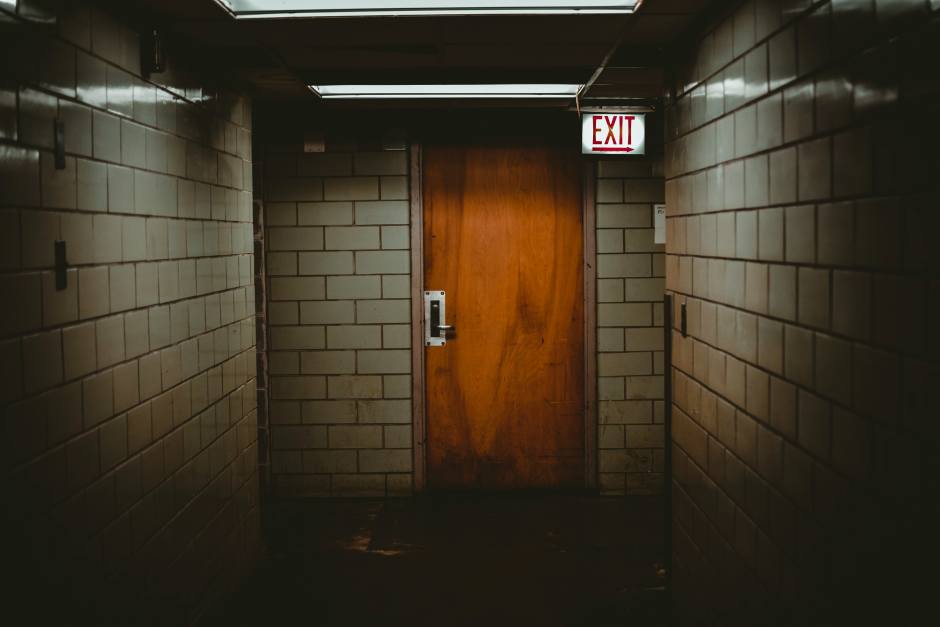
Common misconceptions about fail-safe and fail-secure locks #
Fail-safe and fail-secure locks are often misunderstood, and that’s no surprise given how similar the terms are. Clearing up these misconceptions will allow you to select a lock for your space with a full picture of how they operate and when they’re most beneficial.
1. Fail-safe locks allow faster exits #
Many people assume that fail-safe locks are intended to allow people to make a quick exit in the event of an emergency. However, what fail-safe locks automatically provide is known as an egress, which is a requirement of most building safety codes. In most cases, egress always has to be granted no matter what kind of lock you’re using so that people can escape dangers inside the building. In other words, regardless of whether you have a fail-secure or fail-safe lock, you can always exit the door or building during an emergency.
What fail-safe and fail-secure actually refer to is the entry control, not the exit. The reason this is so important is because the type of lock you use affects how easily people can enter a space during an emergency. For example, if all the doors leading into your building are fail-secure and lock when the power goes out, it might be difficult for assistance to arrive. For example, during a fire, firefighters and medical staff won’t be able to do their jobs and render help. At the very least, it can slow down their response time, which could result in more extensive damage or—in the worst situations—put people’s lives at risk.
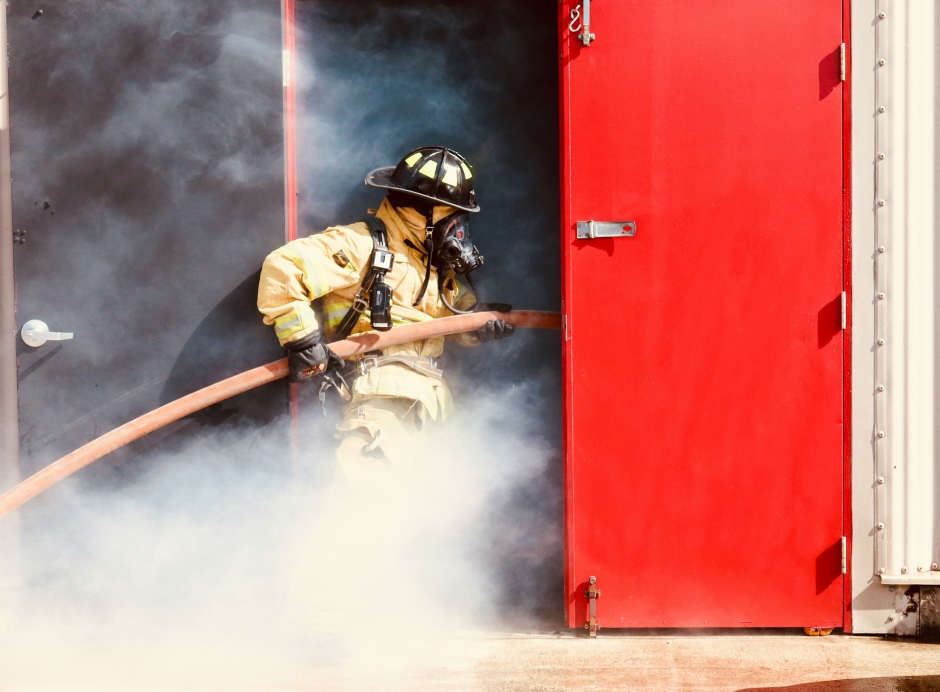
2. Fail-safe locks need backup batteries #
People sometimes install backup batteries to prevent fail-safe locks from unlocking during power outages. However, adding a backup battery defeats the purpose of using a fail-safe lock to begin with.
Combining fail-safe locks and backup batteries often happens because businesses use glass doors to make their premises look better. Typically, maglocks are the only option for glass doors, but they are all fail-safe. When a business wants their door to operate as fail-secure rather than fail-safe, they add a backup battery to prevent it from unlocking when the power goes out. They achieve the effect of a fail-secure lock even though a fail-safe lock is installed.
This does not, however, mean that everyone who uses a fail-safe lock needs a backup battery. If you intend for a door to operate as fail-safe, defaulting to unlocked so people can enter without restrictions when the power goes down, avoid adding a battery.
3. Electric strike locks are only fail-secure #
The third most common misconception is that electric strike locks are only fail-secure. In fact, you can configure this type of lock to be either fail-safe or fail-secure. Solenoids, which are magnets, make electric strikes work. The magnets are placed inside of the strike and, when power is applied, generate a magnetic field that moves a small component, locking or unlocking the door.
The polarity of the solenoid determines what happens when the power goes out. More specifically, it controls whether the magnet moves or stays in position.
When to choose fail-secure vs fail-safe #
Some property owners and managers wonder which is the better kind of lock, fail-safe or fail-secure, but this is usually the wrong question. The more appropriate thing to ask is which lock is better for a specific door in your building, and the answer primarily comes down to the purpose and location of the space.
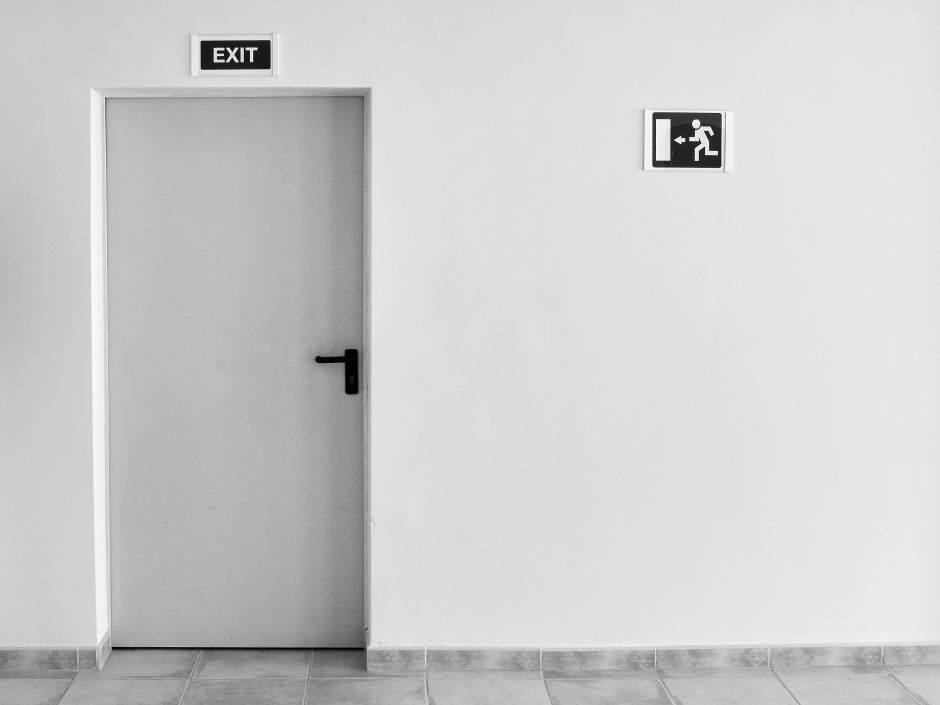
Applications #
The most important point to consider when deciding between fail-safe and fail-secure locks is where you’ll be using them. Fail-safe doors are most useful in these environments:
- Emergency exits
- Stairwell doors, particularly if people frequently need to re-enter
- Elevator lobbies
- Main entryways
- Inner entryways
- Entrances to private offices
- Rooftops
- Garages
All these doors share two characteristics—they’re used repeatedly throughout the day and they are primary entry points for emergency responders. Defaulting to an unlocked state during a power outage allows you to get help as rapidly as possible, so installing fail-safe locks in these spots is good practice for most businesses.
Fail-secure doors, on the other hand, are generally reserved for high-security areas where protecting the items inside is paramount. These might include:
- Server rooms
- Data centers
- IT rooms
- Mail rooms
- File or storage rooms
Because the devices and materials in these rooms tend to be sensitive or confidential, keeping the doors locked during a power outage is crucial. You might also install fail-secure locks on exit doors that are unmonitored or used infrequently.
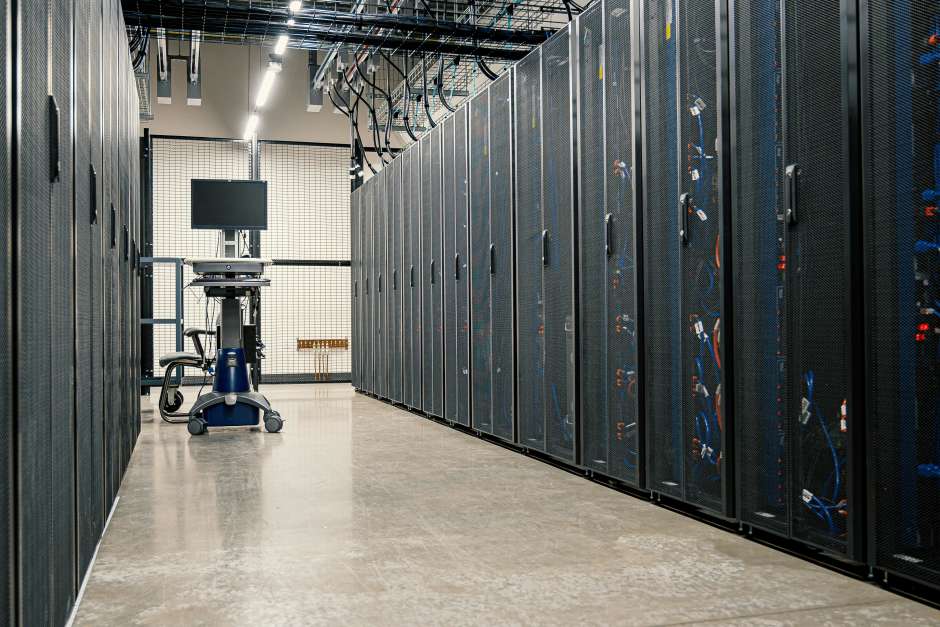
Maintenance and costs #
A secondary factor to keep in mind is how much money and time you’ll need to invest in your door locks. Fail-secure locks generally require less maintenance and can be slightly less expensive to operate. They draw less power because they only need it to unlock, whereas fail-safe locks need constant power to stay locked and prevent access. While a single lock is unlikely to make a big difference in your electric bills, if you use several locks in a building, exclusively using fail-safe locks could drive up your expenses.
Fail-secure locks also tend to experience less wear and tear because they remain in a locked state without using power. In contrast, fail-safe locks continuously carry an electrical load, making them more susceptible to damage and failure.
Whether you select fail-safe or fail-secure locks, remember that they both require occasional maintenance. You will need to regularly inspect and clean the components, including the wiring, lock body, and strike plate. You should also implement a testing plan to periodically confirm that the locks are working properly and don’t require any repairs.
Learn more about fail-safe and fail-secure with Kisi #
Generally speaking, fail-secure locks are the standard electronic lock type, but that doesn’t mean they’re the right fit for every scenario. Ultimately, most businesses are best served by installing a mix of fail-safe and fail-secure locks rather than limiting themselves to one or the other. A smart approach is to use an electric strike that you can configure to operate as fail-secure or fail-safe based on your needs for that particular door at the time. If you ever want to switch the mode, you can simply flip a switch rather than replacing the lock.
Kisi’s future-proof access control solution is compatible with both fail-secure and fail-safe locks. We’ll work with you to create the ideal door locking system for your business. Reach out to request a free demo and talk to a Kisi expert.



